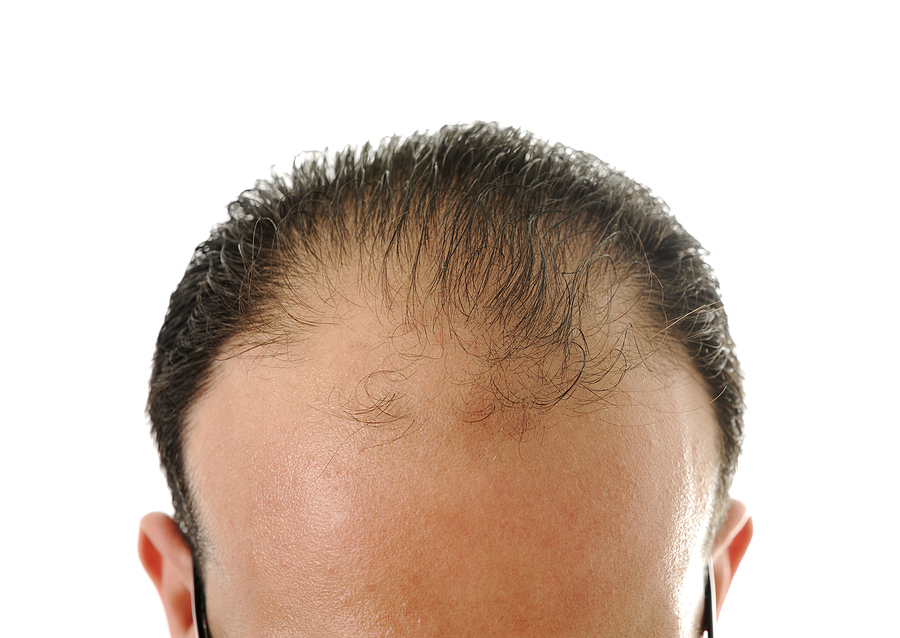Receding Hairline in Men, Including Its Reasons and Stages
Healthful Vitality | 09/15/2021 | By NP Contributor | Receding hairline men

When it comes to maintaining looks, a receding hairline is one of the major challenges confronting the younger generation, especially men. Although it can start any time after puberty, most men start having it by the time they approach their late 30s. Both males as well as females can have a receding hairline. It is however more common in males. Moreover, it is also one of the earliest signs of male pattern baldness which is believed to affect around 50 million men in the US. It is a natural part of the ageing process. However, for many males this process can cause psychological distress.
Reasons for Receding Hairline and Male Pattern Baldness
- Age – As previously mentioned, losing hair is a part of the natural ageing process
- Hormonal Factors– Our body has a male sex hormone called as Dihydrotestosterone (DHT) derived from testosterone which contributes to the development of male sex characteristics. An enzyme called 5 alpha reductase converts around 10% of testosterone to DHT. There are certain androgen receptors present on the hair follicles to which DHT binds and promotes hair loss.
- Family History– Males with a family history of close relatives having a receding hairline/male pattern baldness are likely to experience it themselves as well.
- Medications– Hair loss may also be the side effect of certain medications. People undergoing radiotherapy or chemotherapy may also experience hair loss.
- Stress– Going through a stressful situation may also lead to a temporary or a receding hairline. Undergoing a surgery, prolonged illness are some examples of stressful events which might lead to a receding hairline.
- Lifestyle Factors – Smoking, frequent coloring or chemically treating the hair, protein deficiency in the diet are some of the lifestyle factors which can lead to a receding hairline.
Stages of Receding Hairline
Mild thinning recession of the hairline and widening of the part are some of the earliest signs of a receding.
Norwood Scale:
A leading classification used for measuring the extent of receding hairline and male pattern baldness is the Norwood scale. This scale helps to provide a reference point to physicians for diagnosing the extent of the baldness, discussing treatment options, and also to measure the effectiveness of the different treatments which may have been prescribed.
| Norwood Scale Stage | Description |
| Stage 1 | There is no significant hair loss or recession of the hairline |
| Stage 2 | In stage 2, slight recession of the hairline is seen around the temples. |
| Stage 3 | In this stage, the hairline becomes deeply recessed at both temples and resembles an M, U, or V shape. |
| Stage 3 (Vertex) | Although the hairline stays the same as stage 2, a significant hair loss seen on the top |
| Stage 4 | During stage 4, hairline recession is more severe than in stage 2, and there is sparse hair or no hair on the vertex. The two areas of hair loss are separated by a band of hair that connects to the hair remaining on the sides of the scalp. |
| Stage 5 | The two areas of hair loss are larger than in stage 4. Although they are still separated, the band of hair between them is narrower and sparse |
| Stage 6 | During stage 6, the balding areas at the temples join with the balding area at the vertex. The band of hair across the top of the head is gone or sparse. |
| Stage 7 | The most severe stage of hair loss, only a band of hair going around the sides of the head remains. This hair is usually not dense and may be fine. |
Summary:
- Age, stress, medications, family and hereditary factors are some of the major factors which contribute to a receding hairline in males.
- The Norwood Scale provides a reference point to physicians for diagnosing the extent of the baldness, discussing treatment options, and also to measure the effectiveness of the different treatments which may have been prescribed
(Also Read: The Clinical significance of Hair Loss)
